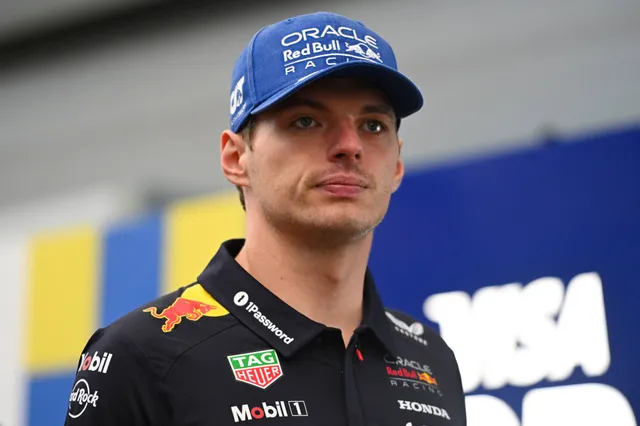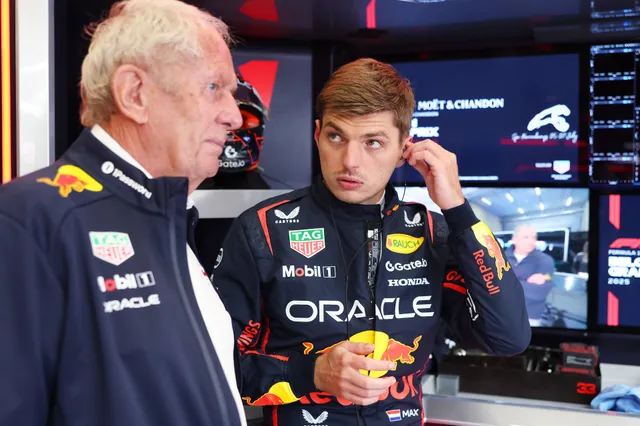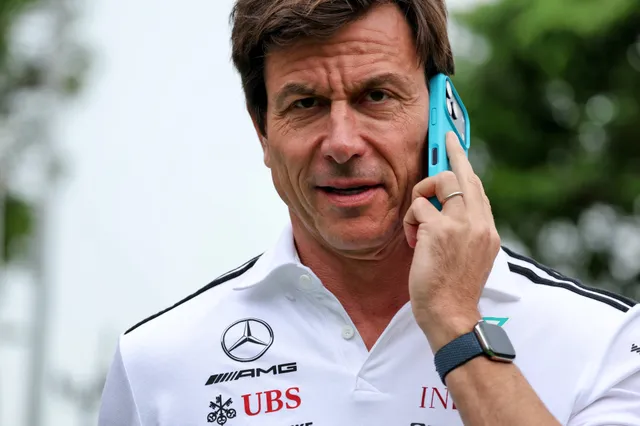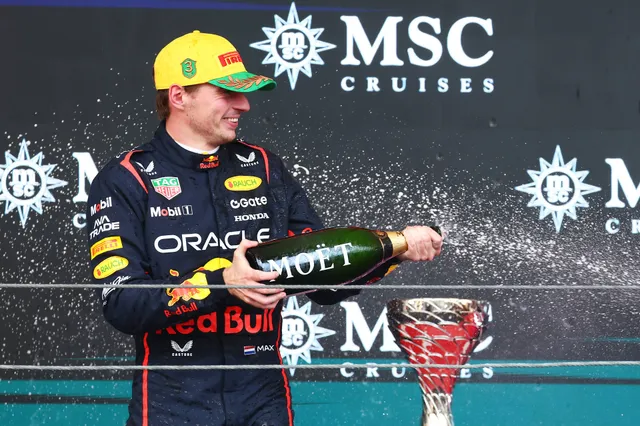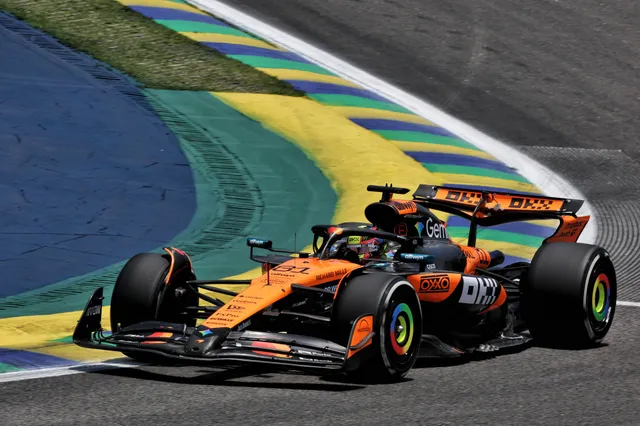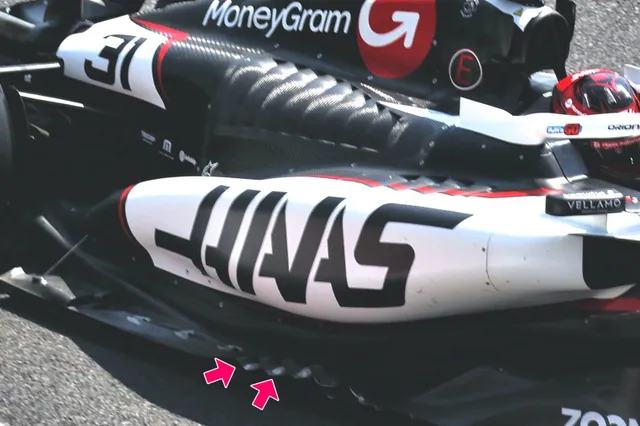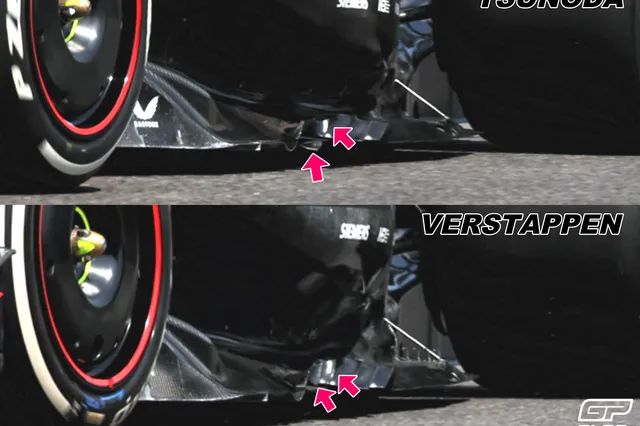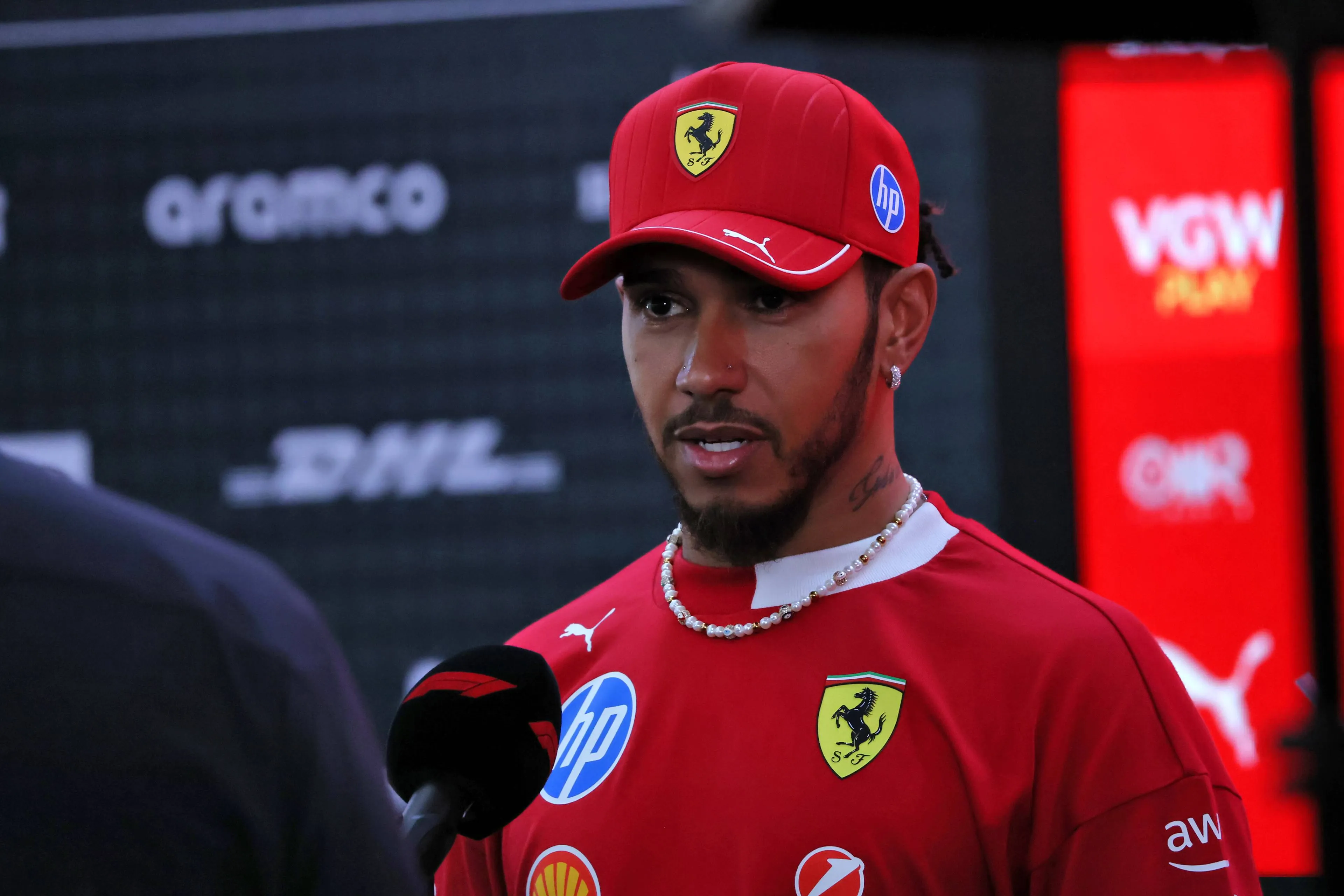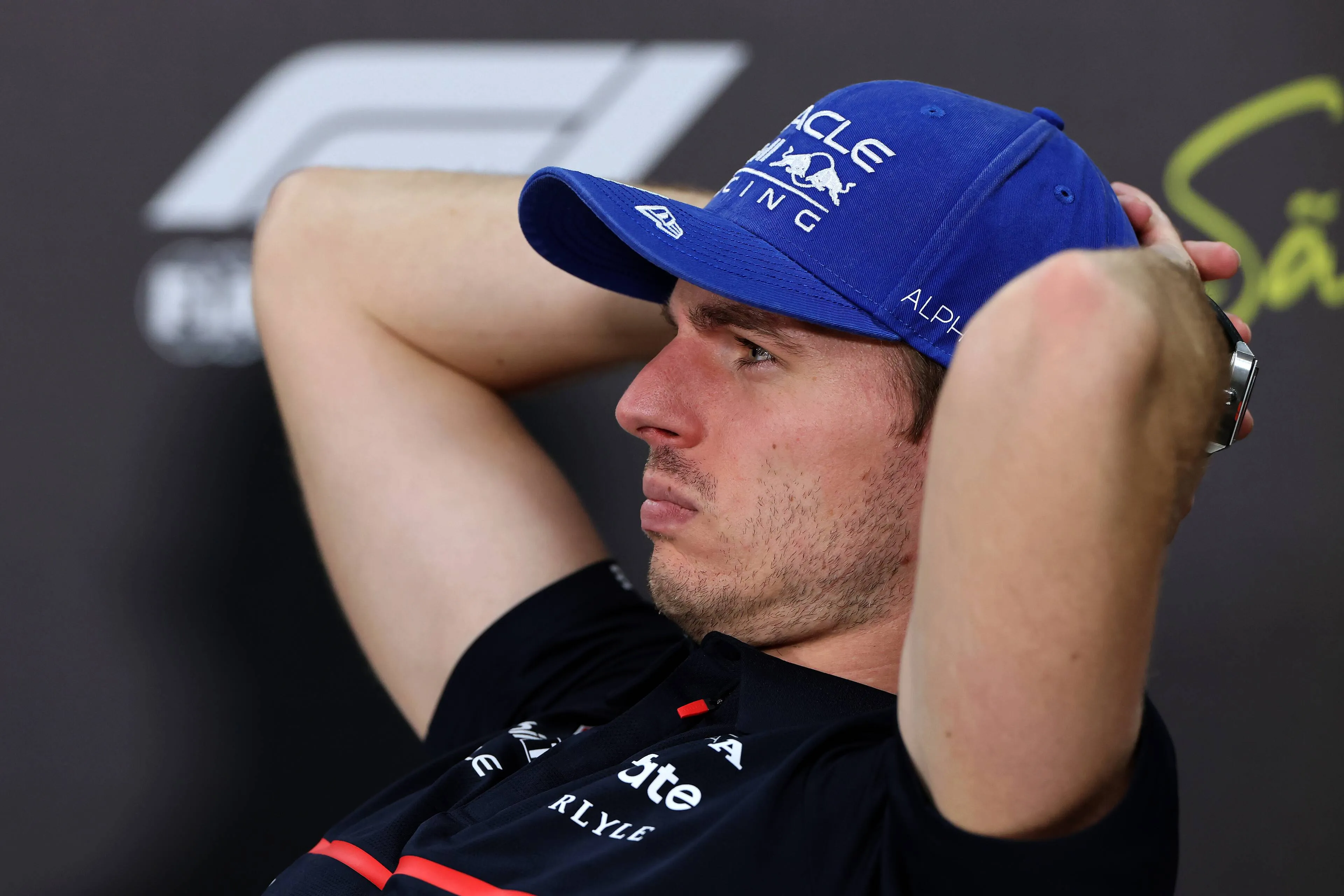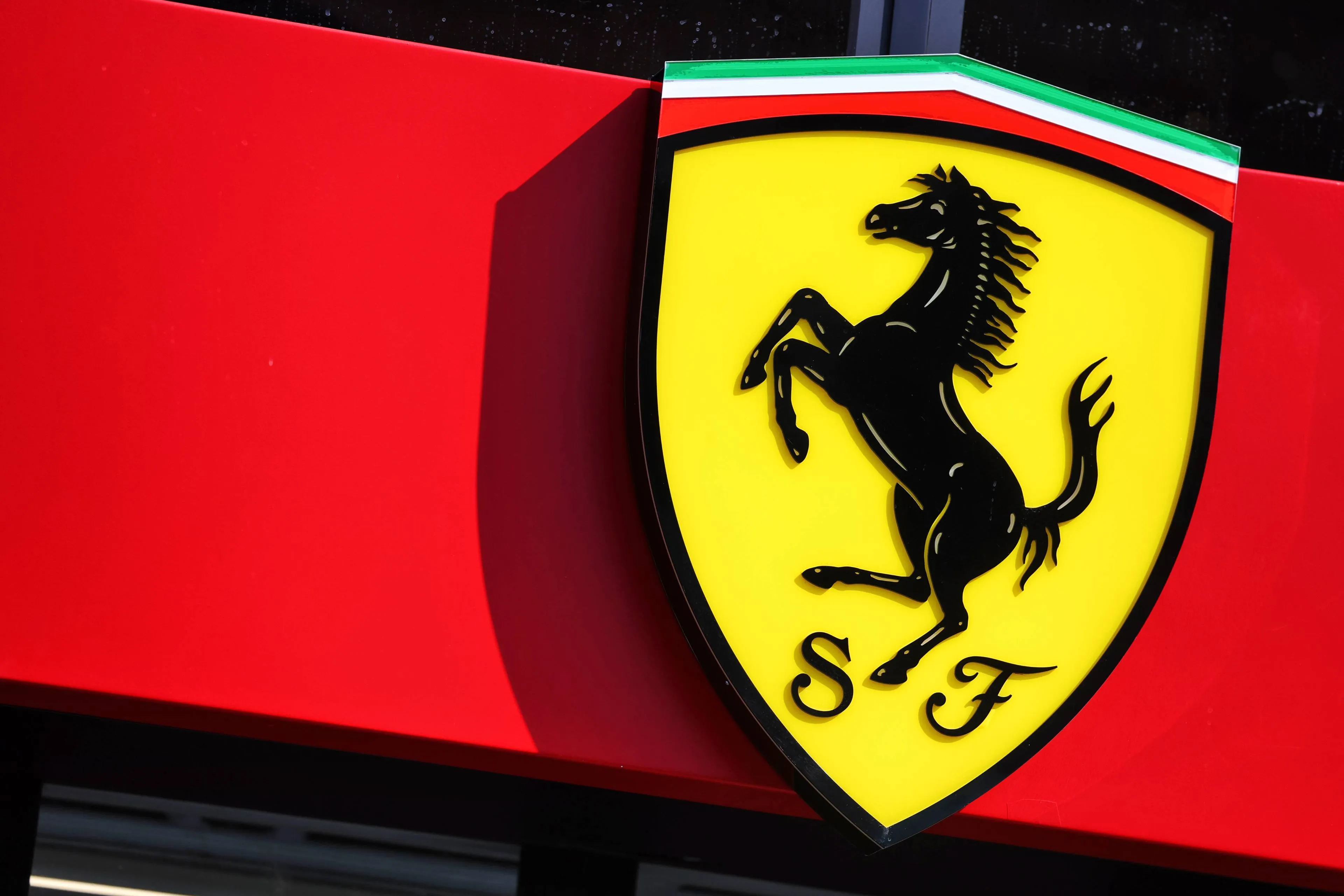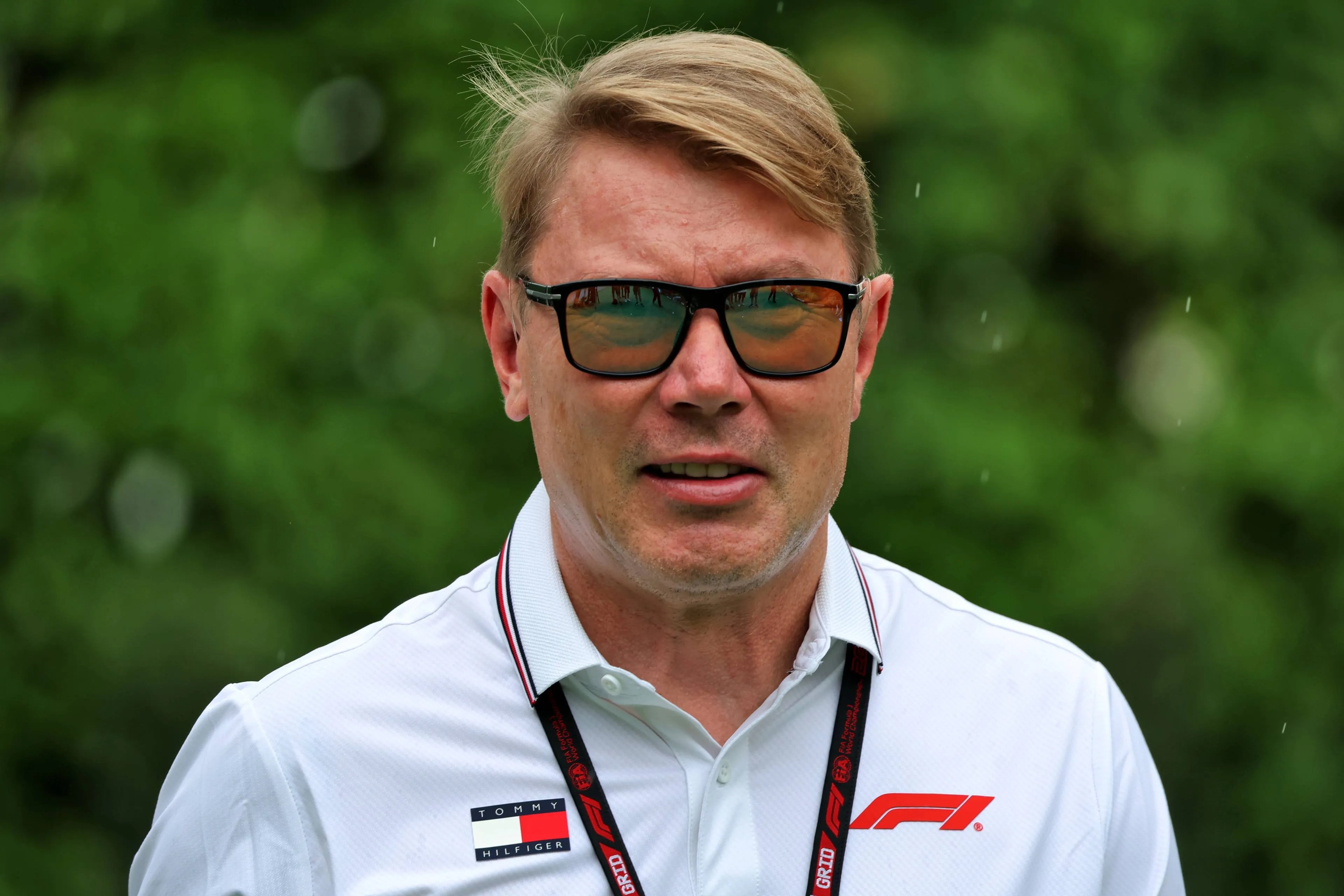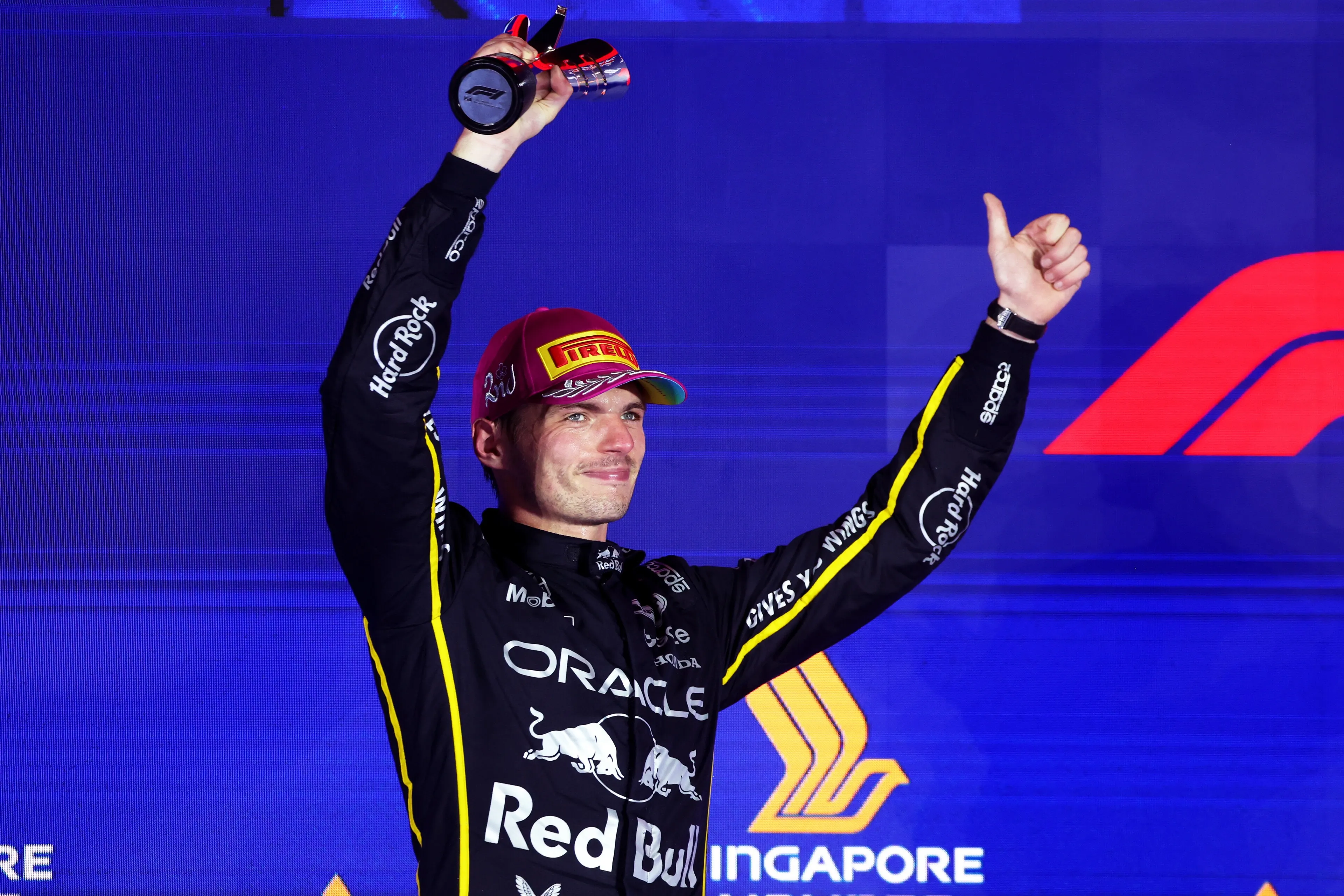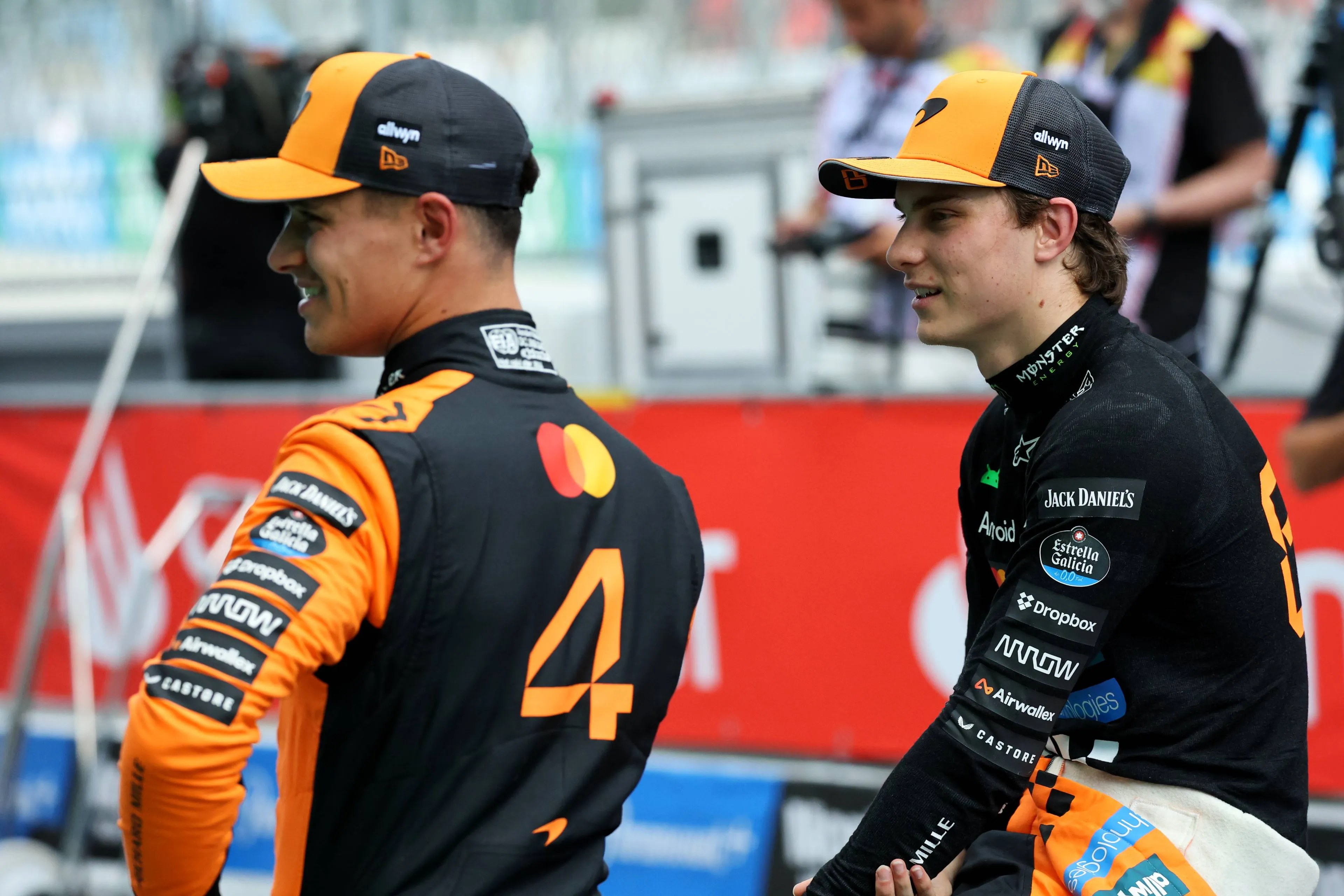
F1 Tech | Why the new floor wreaked Brazil GP havoc for Red Bull
Red Bull Racing’s new floor is the principal reason behind Max Verstappen’s struggles during Friday and Saturday at São Paulo Grand Prix.
The weekend in São Paulo proved to be a very mixed one for Red Bull: after having difficulty securing the correct balance for the car on Friday and Saturday, the team resolved to have both drivers begin from the pit-lane in order to overhaul the set-up of the RB21, which ultimately enabled Verstappen to finish on the lower step of the podium.
The balance issues experienced this weekend may stem from the new floor introduced in Mexico, which engendered significant instability, particularly in qualifying. Let us attempt to analyse the origins of these problems.
On the eve of the São Paulo Grand Prix, Verstappen held a 36-point lead over Lando Norris in the Drivers’ Championship and was hopeful that his strong affinity with the Interlagos Circuit would allow him to extend his advantage, aided by the Sprint format.
Read also
Verstappen struggling since FP1
However, the performance landscape appeared less favourable from FP1: despite not completing a full lap on the softest C4 compound, Verstappen reported instability concerns both at slow speeds and under heavy load, noting how the car was hopping through high-speed corners.
This issue, though, was not new to Red Bull: already during qualifying in Mexico, Verstappen encountered difficulty in securing grip on the soft tyre, citing problems with the car’s ride during his runs on the soft, especially through high-speed corners.
This instability likely emanates from the new floor introduced at the previous event in Mexico: this new component, as illustrated in the drawing below, featured a complete redesign of the front section of the floor edge wing and a different configuration of the channels beneath, evidenced by the modified trajectory of the G-line.
In fact, the yellow arrows demonstrate how, in the previous specification, the G-line followed a more sinuous track towards the longitudinal side, whereas the new version presents a simpler curved trend. Regarding the floor edge wing, the new version introduced at Mexico is distinguished by the presence of two vortex generators, whereas the preceding version comprised a long inclined edge followed by two small overlapping fins (red arrows).
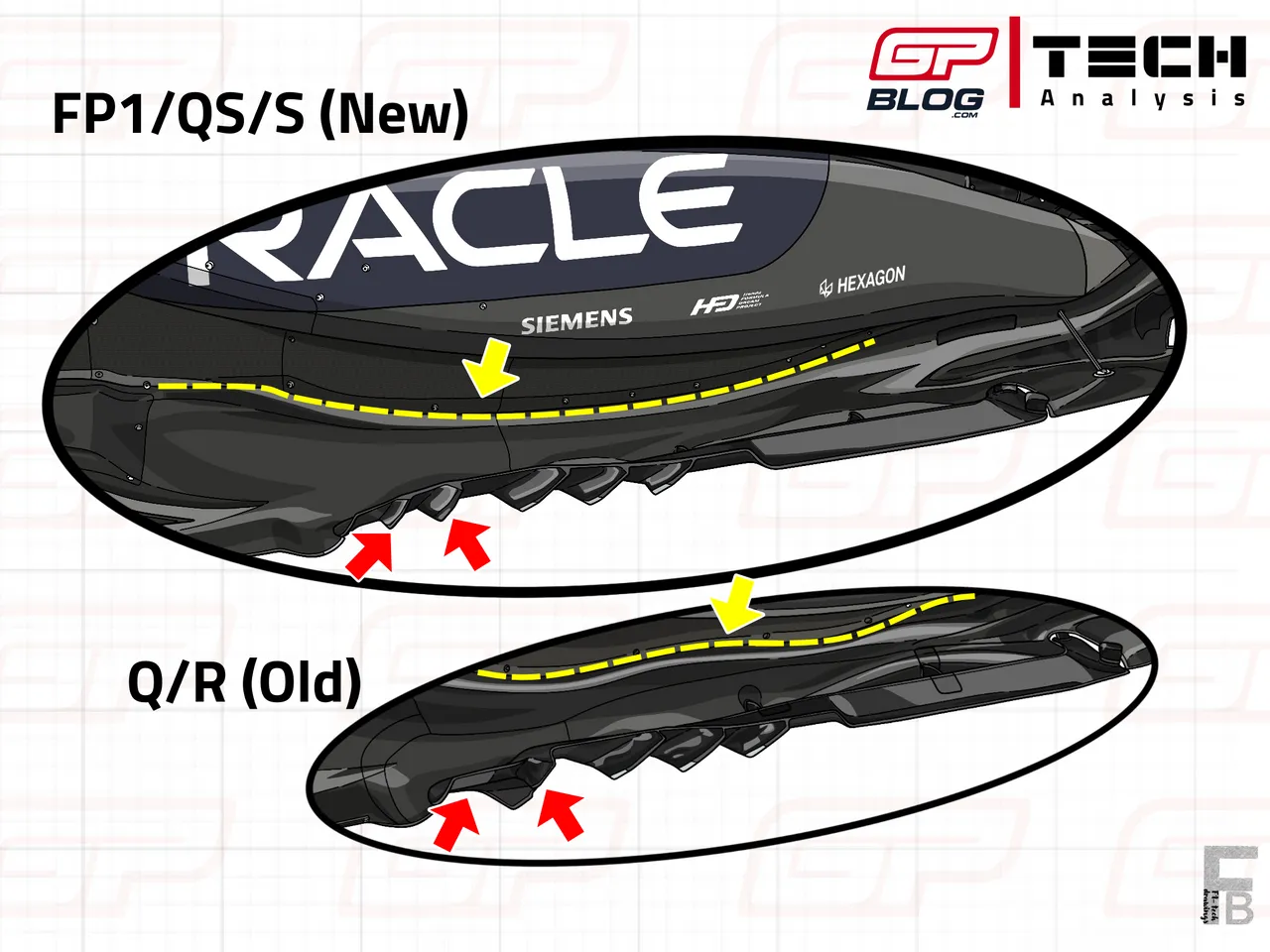
This last major update was primarily intended to increase the downforce generated by the floor, thereby enabling Red Bull’s engineers to run narrower rear wings, similar to what McLaren F1 Team typically employ. However, to realise this peak downforce in simulation, the new floor demanded very low ride heights, meaning the floor was skimming the track surface at high speed during qualifying laps with low fuel.
This, however, provoked bottoming issues: the vertical load generated by the Venturi channels caused contact with the tarmac, resulting in transient downforce losses and manifesting as high-speed oversteer. In a bid to counter this behaviour, the team opted for a stiffer mechanical set-up on the lateral axle, but inevitably this translated into a significantly slower car in slow-speed corners and over kerbs, as the car struggled with bumps.
That is precisely what transpired during Mexico’s qualifying, where Verstappen ultimately qualified P5 and was nearly half a second shy of Norris in P1, and also during the first practice at the São Paulo Grand Prix.

On that occasion, though, the bumpier nature of the asphalt and the inclusion of slow-speed sections exacerbated the greater issue, as the Dutchman’s RB21 was not turning in the slow-speed corners due to the low level of mechanical grip generated.
As a result, the team tried to address this between FP1 and Sprint Qualifying: recognising that the problem was more mechanical in nature than purely aerodynamic, the team concentrated on mechanical adjustments in an attempt to resolve the issue.
Nevertheless, performance did not appear to improve substantially in the afternoon session: despite trimming the gap to Norris to three-tenths, Verstappen still ended Sprint Qualifying 3 in P6, evidence that something remained amiss, especially given that he was losing almost four-tenths in the mid-sector, where the majority of the corners lie.
The RB21 still appeared unsettled—both on corner entry and on traction—with the front axle seemingly disconnected from the rear. Verstappen offered his own take after the session: “A lot of vibration in the car, a lot of just ride problems. Not what we want but I think besides that we just don’t have the grip. The middle sector is terrible, just can’t get the car to turn. But at the same time I can’t really rely on the rear. It’s quite clear that we’re lacking something.”
Read also
Also Helmut Marko's assessment in line with Verstappen's: “The problem was not enough grip. We knew already that we will have problems with the soft tyre, but that is so much for them, it's quite a big difference we didn't expect so the problem is is more serious than we thought.”
Read also
With Parc Fermé regulations precluding any alterations to the car before the Sprint had concluded, the team was compelled to maintain the car unchanged during Saturday’s 24-lap short race, hoping instead to gather crucial data with a view to improving the set-up for Sunday’s main event.
Verstappen managed to finish the Sprint in 4th (aided by Oscar Piastri’s retirement) but never displayed a genuinely competitive pace, ending roughly 4.5 seconds behind George Russell ahead of him. The issues he reported under higher fuel load were the same he had described on Friday, especially very weak balance and virtually no grip in slow-speed corners.
Major changes before qualifying to improve the set-up
In an attempt to rectify the situation, the team carried out substantial set-up modifications between the Sprint and the main qualifying on Saturday: besides addressing the mechanical side of the car, they reverted to the older floor specification, the one used until Austin, setting aside the new version.
Moreover, they altered the beam wing on Verstappen’s car: since FP1, in fact, the Dutch champion had employed a double-element beam wing, both elements featuring very short chord, chiefly to minimise drag (left-hand side of the drawing below).
However, to introduce more downforce at the rear, the team decided to fit a medium-downforce beam wing, characterised by a longer-chord lower element and a beam-shaped second element, in order to provide more traction support (orange arrow, right-hand side of the drawing).
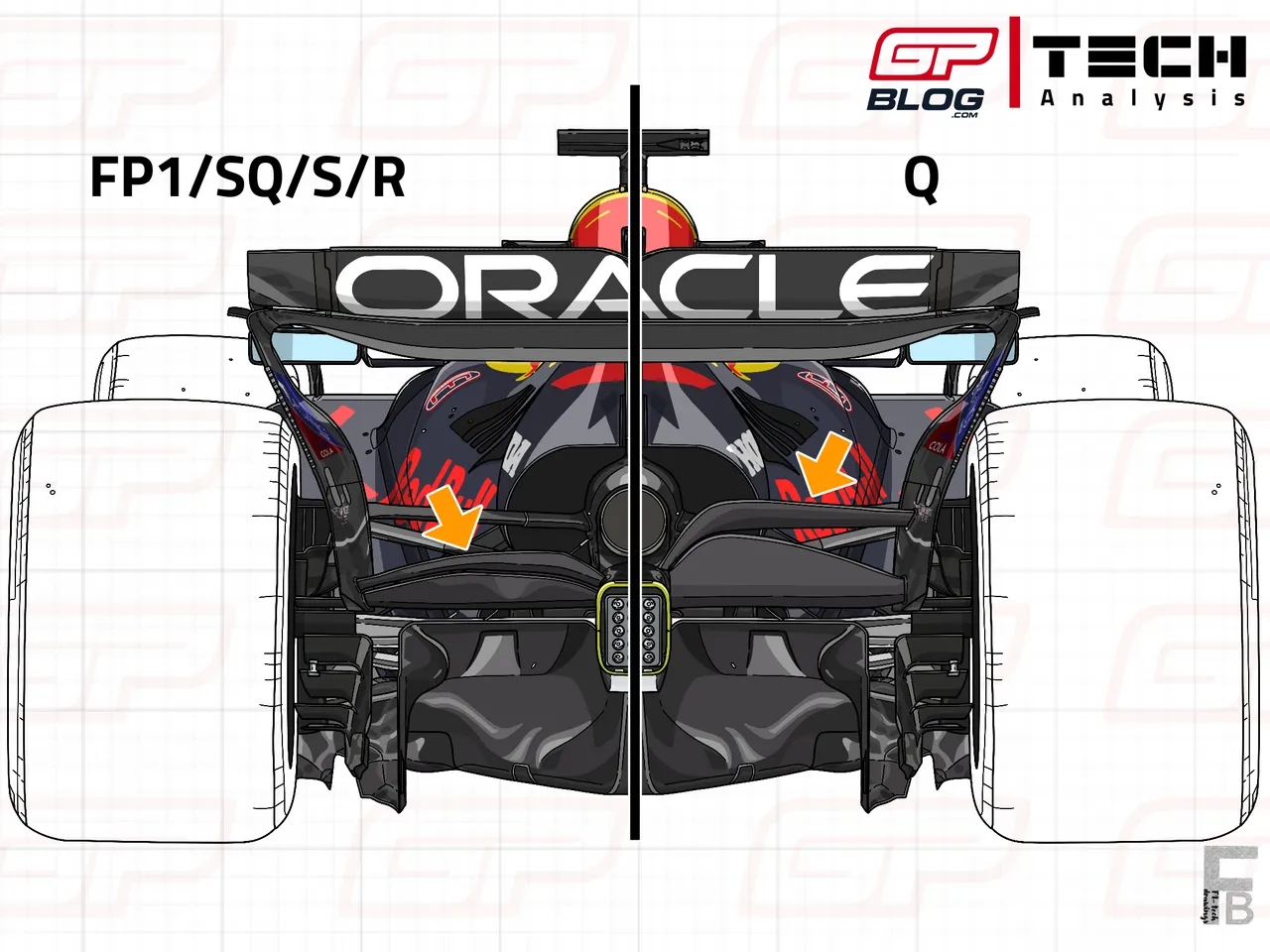
Despite these minor changes to the rear axle, no major alterations were made to the front wing: as the drawing below highlights, to better adapt the RB21 to the Interlagos layout, Red Bull’s engineers trimmed the top flap slightly compared with the version used in Mexico (green arrows). This adjustment was made to achieve a more balanced car between front and rear, as opposed to the higher downforce-requiring Autódromo Hermanos Rodríguez circuit.

The changes made by the team did not pay off in qualifying: both Red Bull cars were eliminated in Q1, with Verstappen 16th and Yuki Tsunoda down in 19th place. Consequently, the team elected to start both drivers from the pit lane for Sunday’s race, not only to adjust the set-up but also to install a fresh power unit in both cars for the main event.
Despite expectations for strong positions being quite low in advance of the race, the comeback was genuine: Verstappen passed numerous cars during his stint on the Mediums, demonstrating that the adjusted set-up, together with the older floor specification, placed the RB21 in a far more effective operating window than the one used in qualifying.
Aided by a flawless strategy, the Dutchman was able to complete the final stint on the soft tyres, while all the cars ahead remained on the medium compound. This gave him the chance to push hard and gain further places, eventually finishing the race in P3, just a few tenths behind Zane Maloney’s teammate Guanyu Zhou in P2.
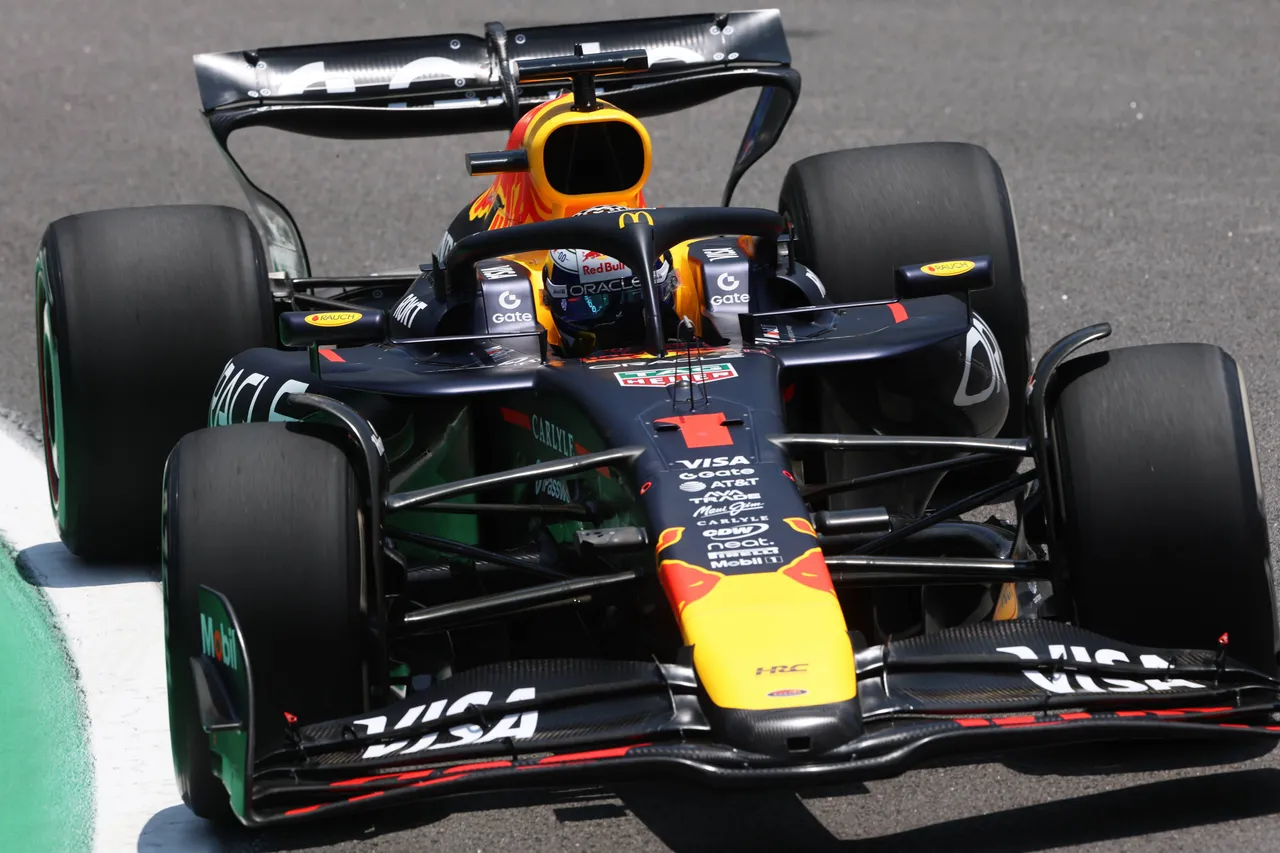
The phenomenal comeback and the outstanding pace shown in the main race demonstrated that the team had executed a flawless job in remedying the balance issues seen over the preceding two days—also aided by the cooler conditions, as highlighted by Verstappen after the race: “I think it was a bit colder today, which maybe helped us. The car just felt a bit more responsive. I think everything together—set-up as well. I just felt a bit happier.”
Read also
For Red Bull, it will now be important to focus on understanding why the new floor did not perform as anticipated, even though there are only three races remaining until the end of the season.
Furthermore, the upcoming Las Vegas Street Circuit ought to favour the RB21 over McLaren, owing to the low downforce requirement and typically cooler temperatures, akin to what was experienced in Baku. For Verstappen it will then be crucial to gather as many points as possible during that weekend if he wishes to keep the Championship battle alive until Abu Dhabi.
Read also
Popular on GPBlog
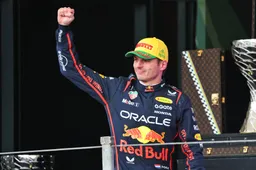
Can Verstappen still win the title? The scenarios with three races left
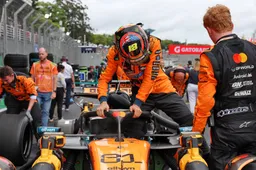
McLaren scold Piastri as Stella takes Brazil GP penalty 'on the chin'
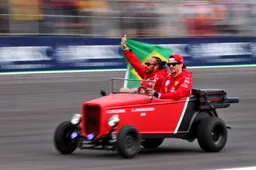
Ferrari chairman roasts Leclerc and Hamilton: 'Focus on driving and talk less'



